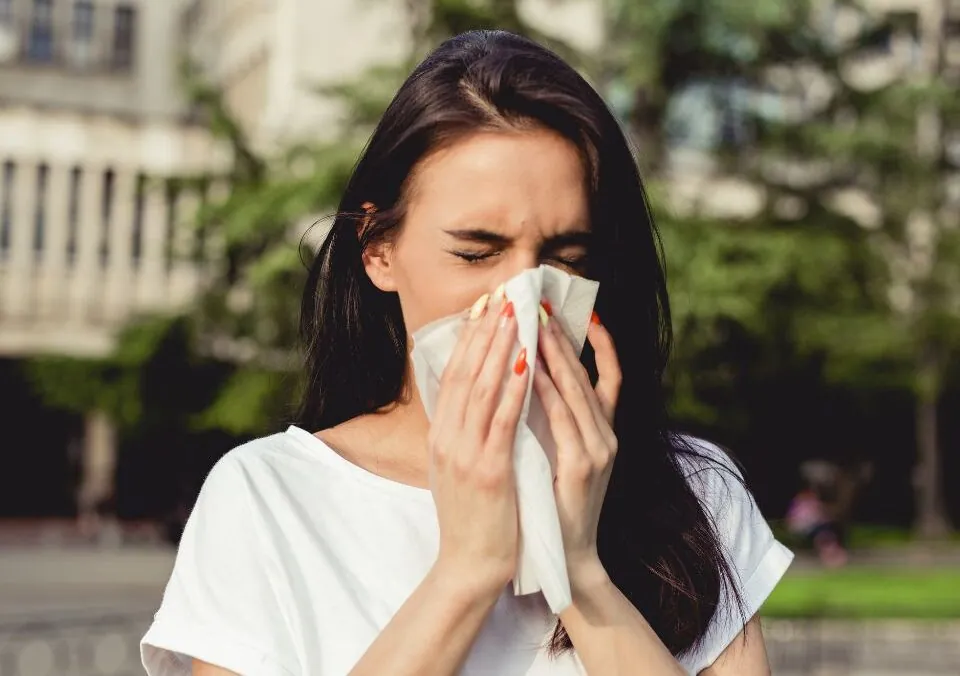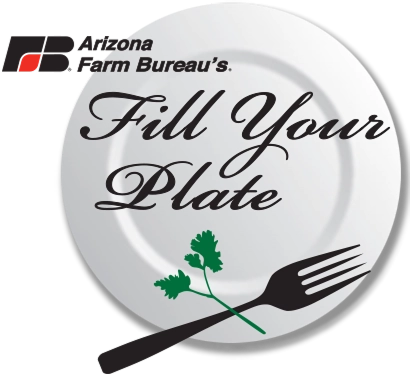Blog
Tips to Stop Seasonal Allergy Symptoms

It’s beginning to be springtime, which means flowers are budding, trees are blooming, and the pollen count in the air is only increasing! Unfortunately, however, this spells disaster for those who fight seasonal allergies. As spring approaches, nature begins its beautiful transformation. Flowers bloom, trees fill with leaves, and the air becomes fragrant with new life. However, for many individuals, this season brings a different kind of awakening—seasonal allergies. The increasing pollen count can lead to a plethora of symptoms such as a stuffy or runny nose, perpetual sneezing, itchy throats, and skin irritations. But don’t worry! There are effective strategies to help you manage these annoying symptoms and make the most of your springtime.
Understanding Seasonal Allergies
Seasonal allergies, often referred to as hay fever or allergic rhinitis, occur when your immune system overreacts to certain allergens present in the environment during specific seasons. The most common culprits are pollen from trees, grasses, and weeds. According to the American College of Allergy, Asthma, and Immunology (ACAAI), these allergens can trigger symptoms that may significantly impact your quality of life.
The Pollen Calendar
Different plants release pollen at different times of the year. Understanding the pollen calendar can help you prepare for allergy season. Here’s a general breakdown:
- Tree Pollen: Typically peaks in early spring. Common trees include oak, cedar, birch, and maple.
- Grass Pollen: Can peak from late spring to early summer. Grass types include Bermuda, Kentucky bluegrass, and ryegrass.
- Weed Pollen: Usually peaks in late summer to fall. Common weeds include ragweed, sagebrush, and pigweed.
Being aware of when these plants release pollen can be instrumental in managing your allergies.
Tips to Alleviate Seasonal Allergies
1. Stay Indoors on Dry, Windy Days
Pollen counts often rise on dry, windy days as pollen grains can be easily carried through the air. If possible, limit your time outdoors during these conditions. The best time to go outside is after it rains, as the precipitation helps to settle pollen.
- Resource: Check local pollen counts using websites like Pollen.com or weather apps that provide allergy forecasts.
2. Avoid Yard Work and Lawn Maintenance
Yard work can disturb dust and mold, which trigger allergies. If you must do yard work, plan tasks before plants begin flowering. Consider delegating these tasks to someone else if your allergies are particularly severe.
3. Change Clothes and Rinse Skin and Hair After Exposure
When you do spend time outdoors, pollen can cling to your clothes, skin, and hair. Changing immediately upon returning home, as well as showering and rinsing your hair, can help minimize the allergens you bring into your living space.

4. Avoid Drying Laundry Outside
While drying your clothes and linens outside may seem economical and eco-friendly, it can also invite pollen into your home. Instead, use a clothes dryer to keep your laundry pollen-free.
5. Use a Dust Mask for Outside Chores
When you engage in outdoor tasks like mowing the lawn or gardening, consider wearing a dust mask. This barrier can reduce pollen inhalation and lessen allergic reactions.
6. Proactive Allergy Medication
Antihistamines can be more effective if taken before symptoms begin. Speak with your healthcare provider about starting your allergy medication weeks before pollen starts to rise. Popular over-the-counter options include Loratadine (Claritin), Cetirizine (Zyrtec), and Fexofenadine (Allegra).
7. Keep Doors and Windows Closed
During peak pollen times, keeping windows and doors closed can prevent outdoor allergens from entering your home. Use air conditioning for cooling whenever possible, as this also filters and circulates air.
8. Maintain Indoor Air Quality
A clean indoor environment is crucial for reducing allergy symptoms. Here are some ways to keep your indoor air clean:
- Change air filters regularly: Make it a habit to check and change the air filters in your HVAC system according to manufacturer recommendations.
- Vacuum frequently: Use a vacuum cleaner equipped with a HEPA filter, which can help trap allergens.
- Mop floors regularly: This helps eliminate dust and pollen from hard surfaces.
- Air Purifiers: Consider investing in air purifiers with HEPA filters, which can help reduce airborne allergens.
9. Stock Up on Over-the-Counter Allergy Relief
Having an array of allergy relief products at your disposal can be a game-changer. Some options include:
- Antihistamines for sneezing and itchiness.
- Nasal corticosteroids like fluticasone (Flonase) to reduce inflammation.
- Decongestants for relieving nasal congestion. Products like pseudoephedrine may also help but should be used judiciously.
It’s always a good idea to consult with a healthcare provider before starting any new medication, especially if you have existing health conditions or are pregnant.
Lifestyle Changes to Manage Allergies
Diet and Nutrition
Some studies suggest that a healthy diet rich in fruits, vegetables, and omega-3 fatty acids can help support your immune system and reduce allergic reactions. Foods that are high in vitamin C, like oranges and strawberries, as well as foods rich in omega-3s, such as salmon and walnuts, may also provide benefits.
Hydration
Staying hydrated can help your body create mucus and keep nasal passages moist, which may help alleviate allergy symptoms. Aim to drink at least 8 glasses of water a day, increasing your intake during allergy season.
Consider Alternative Therapies
- Nasal Irrigation: Using saline nasal sprays or a neti pot can help wash away allergens from your nasal passages.
- Allergy Shots: For more severe cases, consider speaking with an allergist about immunotherapy, also known as allergy shots, which can help your body build tolerance to specific allergens.
When to See a Doctor
If your allergy symptoms become severe or persist despite treatment, it might be time to consult with a healthcare professional. They can offer alternatives tailored to your specific needs, which may include prescription medications or allergy testing.
Conclusion
Seasonal allergies can be incredibly frustrating and disruptive, but with proactive management, you can alleviate symptoms and enjoy the beauty of spring. Implementing these strategies—from staying indoors during high pollen counts to maintaining a clean living environment—can make a significant difference.
For more information on health and wellness, visit the Fill Your Plate blog to find additional resources and articles tailored to your needs.
Final Thoughts
Don’t let seasonal allergies hold you back from enjoying the vibrant beauty of spring. By staying informed and taking the necessary precautions, you can make the most of this wonderful time of year. Here’s to a sneeze-free, enjoyable Spring!
By Heide Kennedy, Arizona Farm Bureau Communications Intern


















